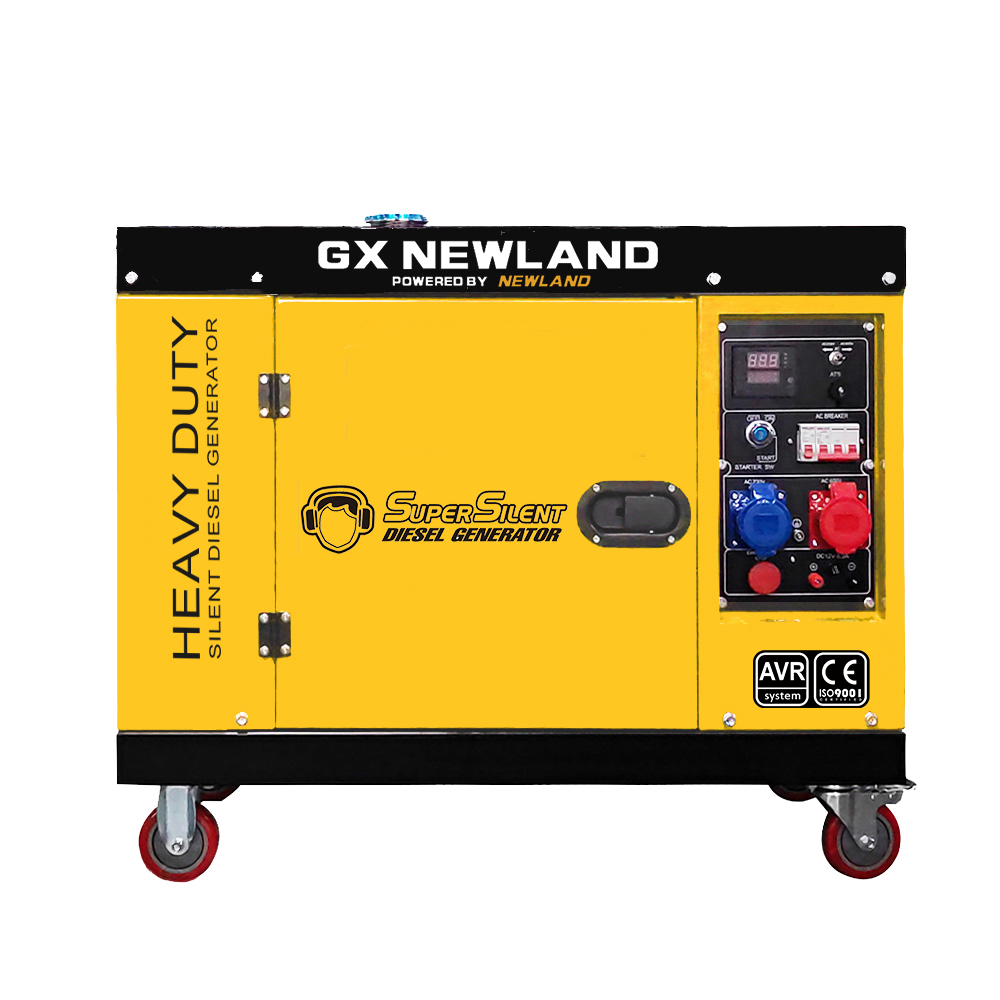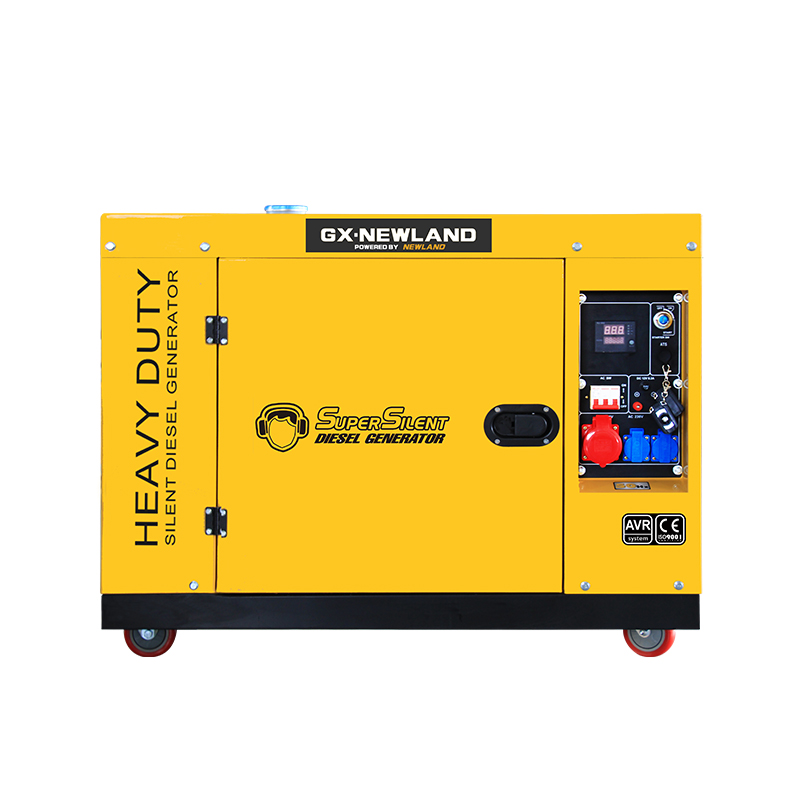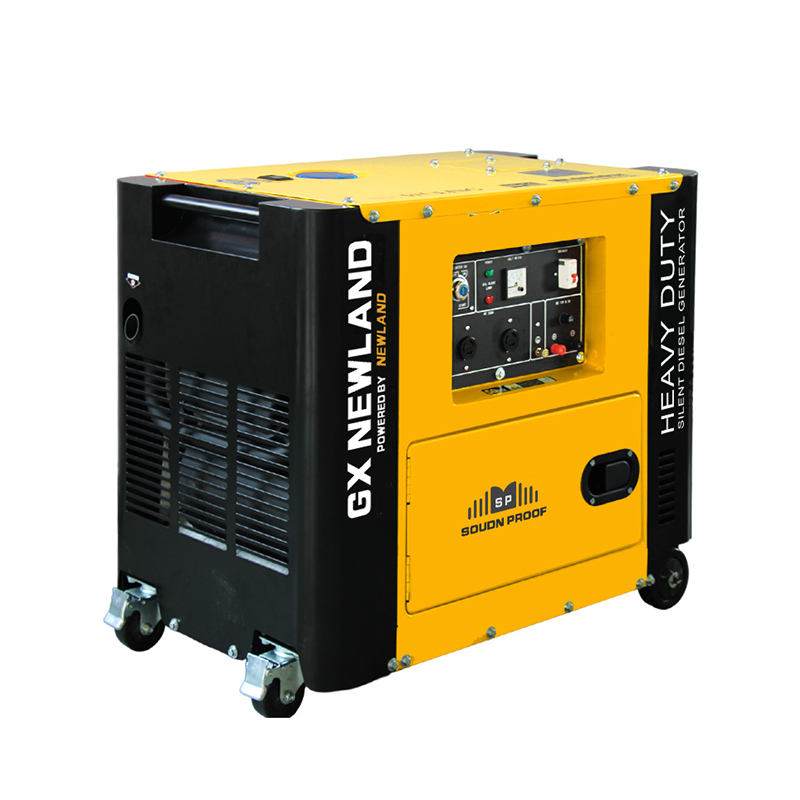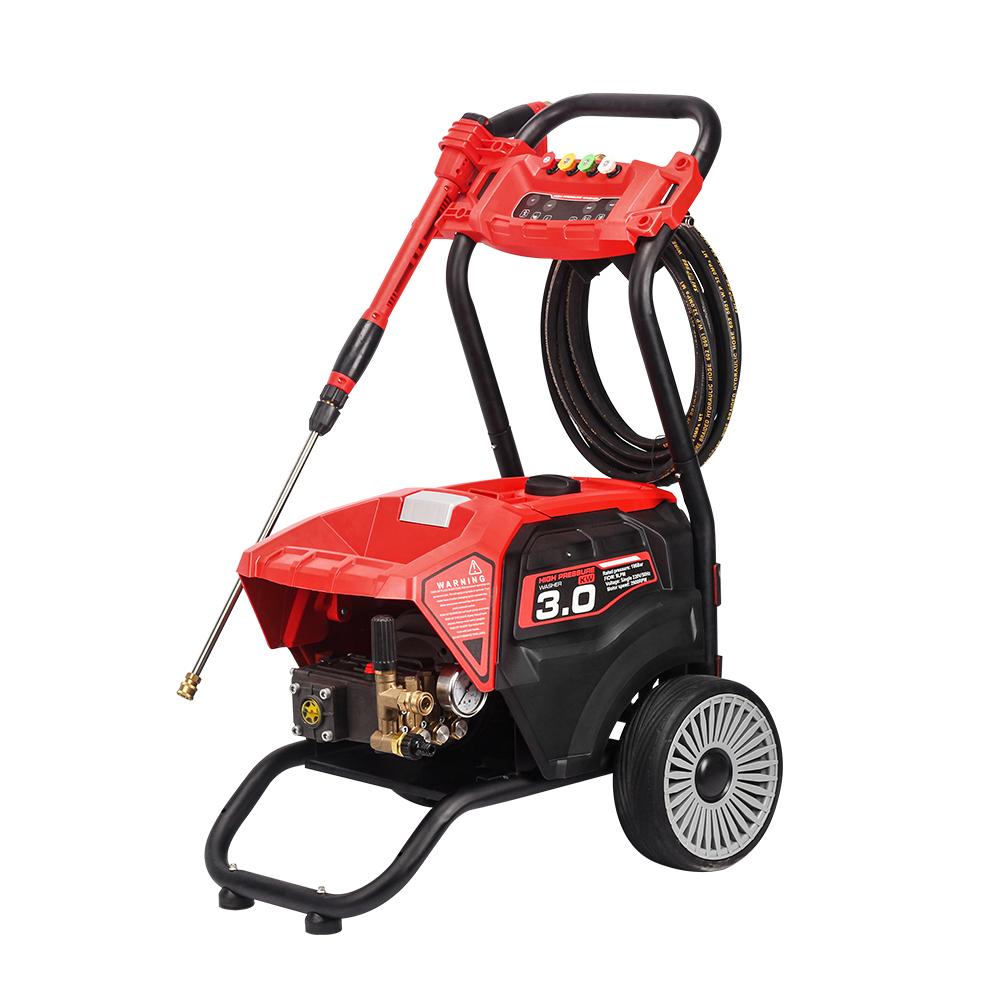Working conditions: When the diesel engine is working, the internal crank connecting rod mechanism is directly in contact with the high temperature and high pressure gas, the rotation speed of the crankshaft is very high, the linear speed of the piston reciprocating motion is quite large, and at the same time it is in contact with the combustible mixture and combustion exhaust gas, the crank connecting rod mechanism Also subject to chemical attack and difficult to lubricate. It can be seen that the working conditions of the crank connecting rod mechanism are quite bad, and it has to withstand high temperature, high pressure, high speed and chemical corrosion.
Composition: The main parts of the crank connecting rod mechanism can be divided into three groups, the body group, the piston connecting rod group and the crankshaft flywheel group.
Function: The crank connecting rod mechanism is a transmission mechanism for the diesel engine to realize the working cycle and complete the energy conversion, which is used to transmit the force and change the movement mode. During work, the crank connecting rod mechanism converts the reciprocating motion of the piston into the rotational motion of the crankshaft during the power stroke, and outputs power to the outside, while in the other three strokes, namely the intake, compression, and exhaust strokes, the crankshaft is converted. The rotary motion is converted into a reciprocating linear motion of the piston. In general, the crank connecting rod mechanism is the mechanism through which the engine generates and transmits power. It converts the heat energy emitted by the combustion of the fuel into mechanical energy.

 英语
英语 中文简体
中文简体 俄语
俄语













